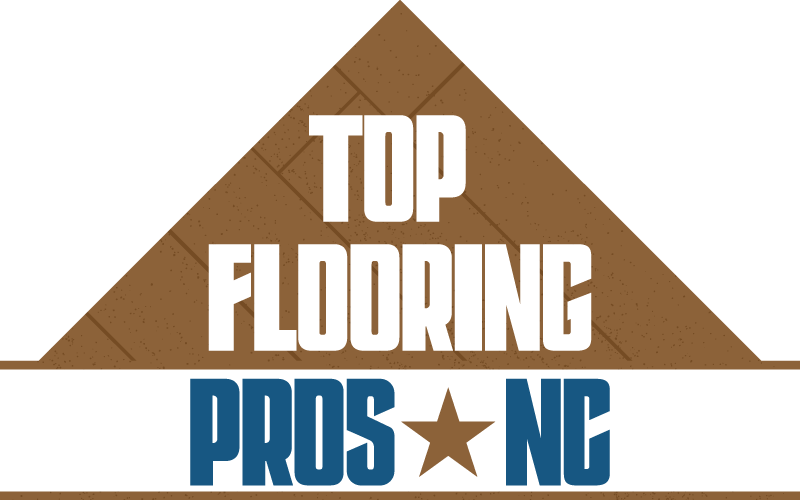Craft an intriguing excerpt that starts by using the Tools needed for subfloor preparation.
Introduction
Welcome, homeowners hiring Professional subflooring preparation experts! Are you looking to renovate your home and give it a fresh new look? One of the most crucial steps in any flooring project is subfloor preparation. Without a proper subfloor, your new flooring can suffer from various issues like uneven installation and premature wear and tear.
Have you ever wondered what goes into preparing a subfloor for new flooring installation? Today, we will guide you through the process of subfloor preparation and provide you with valuable tips to ensure a successful flooring project.
Key Takeaways
- Understanding the importance of subfloor preparation: Proper subfloor preparation is essential for the longevity and durability of your new flooring.
- Tools needed for subfloor preparation: Knowing the right tools and materials for the job is key to achieving a smooth and level subfloor.
- Common subfloor issues and how to address them: We will discuss common subfloor problems and provide solutions to mitigate them.
Understanding the Importance of Subfloor Preparation
Subflooring 101
Before diving into the tools needed for subfloor preparation, let’s understand why it is crucial. The subfloor is the foundation of your flooring, and any flaws in it can affect the installation and performance of your new floors. Proper subfloor preparation ensures a level surface for your flooring, preventing issues like squeaks, cracks, and unevenness.
Improper subfloor preparation can result in costly repairs down the line, so it’s essential to get it right from the start. By investing time and effort into preparing your subfloor correctly, you can enjoy beautiful and long-lasting flooring for years to come.
Tools Needed for Subfloor Preparation
Gathering the Essentials
Now, let’s talk about the tools needed for subfloor preparation. Whether you’re a seasoned DIYer or hiring a professional, having the right tools can make all the difference in achieving a flawless subfloor. Here are some essential tools you’ll need:
- Hammer
- Utility Knife
- Tape Measure
- Power Drill
- Level
These tools will help you in tasks like flooring removal, subfloor leveling, and moisture testing. Make sure to have these tools on hand before starting your subfloor preparation to ensure a smooth process.
Common Subfloor Issues and How to Address Them
Dealing with Moisture Problems
One of the most common subfloor issues is moisture damage. Moisture can seep into the subfloor, causing it to warp, rot, and compromise the integrity of your new flooring. To address moisture problems, start by conducting a moisture test using a moisture meter. If high levels of moisture are detected, you may need to install a vapor barrier or address any underlying water issues before proceeding with the flooring installation.
Repairing Subfloor Imperfections
Another common subfloor issue is imperfections like cracks and dips. To repair these imperfections, you can use a leveling compound to fill in the gaps and create a smooth surface for your new flooring. Take the time to inspect your subfloor for any visible flaws and address them before laying down your new floors.
Action Plan
Based on the key points we’ve discussed, here’s an action plan for preparing your subfloor:
- Conduct a thorough inspection of your subfloor for any issues.
- Gather the necessary tools for subfloor preparation, including a level, hammer, and utility knife.
- Address any subfloor problems like moisture damage or imperfections before proceeding with the flooring installation.
Conclusion
Preparing your subfloor is a crucial step in any flooring project. By understanding the importance of subfloor preparation, using the right tools, and addressing common subfloor issues, you can ensure a successful flooring installation that will stand the test of time.
FAQ
What tools are needed for subfloor preparation?
The tools needed for subfloor preparation include a hammer, utility knife, tape measure, power drill, and level.
How can I address moisture problems in my subfloor?
To address moisture problems, conduct a moisture test using a moisture meter and install a vapor barrier if necessary.
What are some common subfloor issues and how can I repair them?
Common subfloor issues include moisture damage and imperfections like cracks and dips. Repair these issues using a leveling compound and addressing any underlying water problems.


